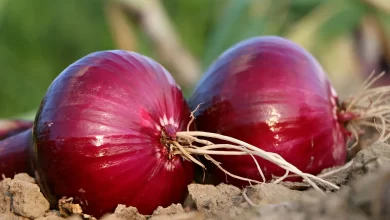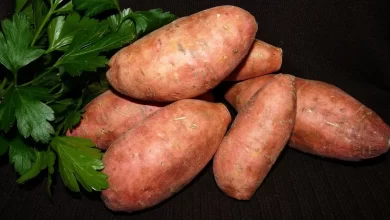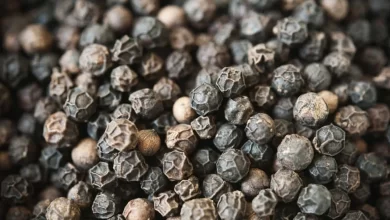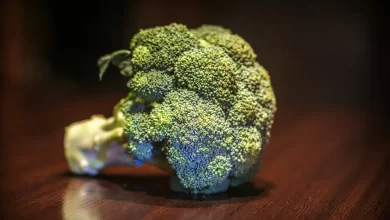Turmeric is underground stems belonging to the perennial herbaceous plant of the ginger family (Zingiberaceae). Turmeric, which originates in southern India and Indonesia, is widely grown on both the continent and the Indian Ocean islands. It is used as a spice and a perfume dating back to 5000 years. The herb is widely used in the Indian and Southeast Asia sub-Continent. Turmeric water is used as a cosmetic in some parts of Asia to give the skin a golden glow. Turmeric is commonly used as a tea or in pill form to treat a range of conditions, such as arthritis and digestive issues, and is thought to have anti-inflammatory qualities as well. So here are some amazing facts about turmeric that you might find interesting.
- Turmeric plants have long, simple leaves with long petioles(leaf stems), which are about 1 meter (3.3 feet) tall, The branching rhizomes that are close below the soil’s surface area where the leaves appear.
- Young rhizomes range in color from pale yellow to brown-orange, while older rhizomes are slightly scaly and brown in color. The waxy bracts, which are often pale green or tinted with purple, have little yellow-orange flowers that are borne in their axils.
- In India’s Vedic civilization, where it was used as a culinary spice and had some religious significance, turmeric has been utilized for more than 4000 years. It probably reached China by 700 AD, East Africa by 800 AD, West Africa by 1200 AD, and Jamaica in the eighteenth century.
- Turmeric is often called differently around the globe. Indians call it “haldi,” which is derived from Sanskrit. The Chinese call it Jiānghuáng; in Arabic, it is called Kurkum; Japanese call it Ukon; in dutch, it is known as Geelwortel. In the English language, it is simply called Indian Saffron.
- Turmeric is said to provide a variety of medical benefits in Ayurvedic traditions, including boosting bodily energy, reducing gas, getting rid of worms, enhancing digestion, controlling menstruation, removing gallstones, and alleviating arthritis.
- The leading importer of this herb is the United States. In the year 2020, the country imported 47.62 million worth of turmeric. The second biggest importer is India, and the United Kingdom comes in the third spot.
- Despite being the second biggest importer of the herb, India is the biggest Exporter of the herb. In 2020 it exported $201,152 worth of turmeric. The other leading countries that imported turmeric from India are the United States(22% of Indian exports), Bangladesh (18%), Iran (6%), and UAE (5%).
- Turmeric has antioxidant characteristics, as it may shield your body from free radicals by scavenging them, according to one study. According to a different study, the antioxidant properties of turmeric may also encourage the activity of other antioxidants.
- It has many other health benefits that are as follows.
(i) Lessens inflammation
(ii) Improves Memory and prevents the development of Alzheimer’s Disease.
(iii) Lessens pain
(iv) Fights Free Radicals
(v) Lowers the Risk Of Heart Disease
(vi) Helps Fight Depression
(vii) Helps in Preventing Cancer - One of the key skin-whitening ingredients mentioned in Ayurveda is turmeric. It is well recognized for lightening dark spots and giving the skin a healthy glow. This spice has a long-standing connection to Indian weddings. The bride-to-be is traditionally covered in turmeric during Hindu weddings because of the spice’s ability to lighten skin.
- Two researchers from the University of Mississippi Medical Center, Soman K. Das and Harihar Kohli received the turmeric patent in 1995. The oral and topical application of turmeric powder to treat surgical wounds and ulcers was covered by their six patent claims.
- You can turn this yellow powder into the red. It happens when turmeric is cooked with lime; it turns red. Alkaline lime is used to neutralize the organic acids in turmeric. As a result, the orange-red carotene pigment intensifies, turning the turmeric red.
Nutrition Facts of Turmeric
One tablespoon (tbsp) of turmeric powder containsTrusted Source
- Calories: 29 kcal
- Protein: 0.91g
- Fiber: 2.1g
- Carbohydrate: 6.31 g
- Sugar: 0.3g






